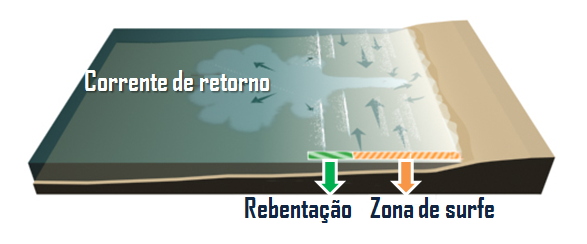Councils warned foreshore and esplanade areas may not escape rising sea levels
COASTAL councils have been warned they will not be able to save some esplanade areas from rising sea levels caused by climate change.
 |
| Businessman Peter Beerworth on the 1.5m levee in front of a Port Augusta townhouse development. Picture: Chris ManganSource: AdelaideNow |
"It's not feasible to protect any longer," he said.
"We're also talking about retreat, and so no longer are we going to be able to say to some of our community members that enjoy the views on our esplanades that this land is still going to be here in 50 to 80 years," he said.
"Protection works are only going to get us so far."
A draft report sent to South Australian councils states alternatives must be found because it is too expensive and impractical to save all the state's urban foreshore areas from inundation.
Mr Gray said towns in the northern part of the Gulf St Vincent were already experiencing flooding over seaside levee banks.
He said one council in the gulf region had been told it would be cheaper to lift the level of every house above the expected sea-level rise than it would be to build the levy bank needed to hold back the sea.
Mr Gray said some councils could no longer "protect and defend" their coastlines.
LGA chief executive Wendy Campana told The Advertiser the town that may have to be raised did not want to be identified.
She said full details of the impact on Gulf communities most under threat from rising sea levels would soon be released in a draft report commissioned by 15 councils surrounding Gulf St Vincent.
Port Adelaide is already sand-bagged in some places to keep out king tides, with significant sea flooding closing roads in 2007.
The most vulnerable sites in the state are older canal developments along the coast. Other areas considered vulnerable by previous reports are Port Augusta, where a levee protects some of the town, Hindmarsh Island, Robe, parts of the West Torrens Council area, St Kilda, Tumby Bay, parts of Holdfast Bay, and Port Pirie.
 |
| An aerial view of Hindmarsh Island, the Murray Mouth and the Lower Lakes this week. Picture: James Elsby Source: Sunday Mail (SA) |
"(Onkaparinga Council) are starting to see a carpark heading towards the ocean," he said.
"There's large cracks appearing and it's only 15m, 20m from the kerb on the other side of the road where we start to enter private assets, private property.
"How much money do we spend protecting this group of private assets when we have got a community with a whole host of other needs and wants?"
Onkaparinga Council chief executive Mark Dowd said the cracks had been filled and no more movement had been detected.
"As a precautionary measure, concept plans to reduce the carpark size and realign the coastal path have been prepared," he said.
Onkaparinga Mayor Lorraine Rosenberg said all levels of government should be prepared to address the damage that would be caused by rising sea levels.
 |
| The Murray Mouth near Hindmarsh Island yesterday. Picture: Tait Schmaal. Source: The Advertiser |
"The amount of money the (State Government) coastal protection board has to do this work each year is like a pimple on a pumpkin," she said.
"This is a really serious issue about State Government stepping in, and if you look at some of the serious consequences interstate and overseas where houses topple into the sea, I would hate to think that it is up to a local authority to stop that.
"As a local government authority you can do so much, but you can't stop nature."
Ms Rosenberg said cliff-top carparks were vulnerable to erosion, and had been identified as "under threat" , because of the local geology where clay lay over brittle limestone.
She said at Port Willunga about a year ago a large part of the cliff-face gave way where a day earlier children had been playing.
http://www.adelaidenow.com.au


Comentários
Postar um comentário